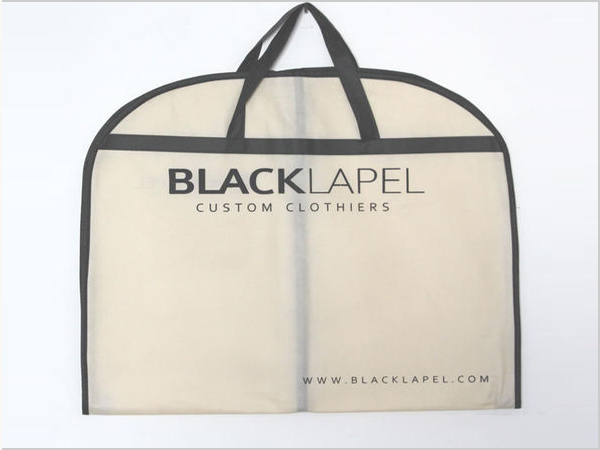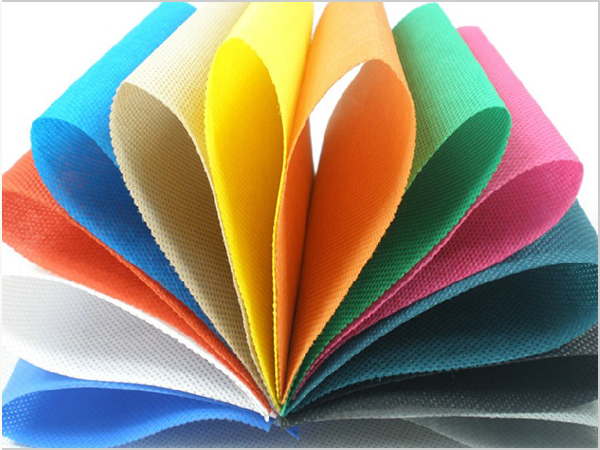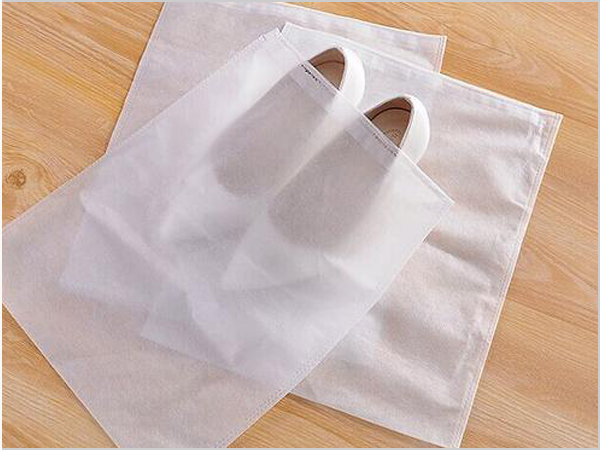- Xiangshuo has stood out in the field of spunbond nonwoven fabrics!
- How should enterprises respond to the impact of repeated tariffs
- PP non-woven fabric is a new type of environmental protection material!
- Under the tariff challenge, the textile and garment industry has a new opportunity
- Spunbonded non-woven fabric is an efficient, multi-functional modern material!

- Telephone: 0551- 66779966
- Cellphone: 18955130444
- Email: 58792982@qq.com
- Address: Building 1-2, East of Wubu Village Section, Hehuai Road, Wushan Town, Changfeng County, Hefei City, Anhui Province
According to the latest global textile industry survey conducted by the International Textile Manufacturers Federation (ITMF) in July 2023, the global textile industry is still showing signs of improvement despite the continued unfavorable situation. The survey shows that an increasing number of companies have successfully adapted to the challenging business environment, leading to improvements across the globe.
Asia is still struggling and South America is rebounding
Asia continues to be the most difficult region, while South America has made a significant return to positive operating conditions. Expectations for global business have remained unchanged since March 2023. However, optimism remains high in all regions, with the exception of East Asia where concerns remain.
Segmentation trends: Weavers, printing and dyeing and finishing sectors all reported negative expectations
According to the survey, textile mills, printing and dyeing and finishing departments all reported negative expectations. Despite a slight increase in order volumes in July 2023, the survey reported negative order volumes across all regions and regions. Although apparel, home textiles and technical textile producers showed significant improvement, the overall situation remained negative. It is worth noting that the number of unfilled orders has reached its lowest level since the survey, with only South American and functional textiles showing growth.
Capacity Utilization and concerns: The industry is facing challenges on multiple fronts
Capacity utilisation has fallen to its lowest level since the survey began. Asia and Europe have seen a steady decline since 2021, and producers of home textiles and functional textiles have also recently seen declines. The main global concern in July 2023 is weak demand, followed by rising raw material prices due to inflation, geopolitical issues and rising energy prices. However, some positive signs include the fact that logistics, energy and raw material costs have fallen in recent months and that geopolitical issues have not come to the fore further.
Inventory levels and order cancellations: There is hope amid the challenges
Globally, the number of order cancellations remains relatively low due to average or low product inventories for most companies in the textile supply chain. Notably, 96 percent of apparel manufacturers also reported average or low inventory levels, with cotton mills, weavers and fiber producers having the highest inventories. The ITMF survey shows that the global textile industry is recovering and companies have adapted to the challenging environment and improved. However, challenges remain, especially in certain regions, while concerns about weak demand and other external factors continue to impact the industry's trajectory. The ability to effectively manage these challenges and seize on positive trends will be critical to sustaining the industry's recovery.
S&p Global: India's economy to grow 6.7% over next 8 years
S&p Global expects India's annual growth rate to reach 6.7 per cent from 2023-24 to 2030-31, with gross domestic product (GDP) rising to $6.7 trillion from $3.4 trillion in 2023. GDP per capita would increase to about $4,500. S&P Global recently said that the macro challenge for India in the next decade is how to transform the traditional uneven growth into a high and stable trend.
- Xiangshuo has stood out in the field of spunbond nonwoven fabrics!
- How should enterprises respond to the impact of repeated tariffs
- PP non-woven fabric is a new type of environmental protection material!
- Under the tariff challenge, the textile and garment industry has a new opportunity
- Spunbonded non-woven fabric is an efficient, multi-functional modern material!
- By the wind of gold, silver and silver, Keqiao Textile set sail
- PP non-woven fabrics occupy an important position in many fields!
- Textile industry is tested How should textile people cope with such challenges?
- What is the production process of spunbonded nonwovens?
- How to achieve revenue growth driven by policy dividend and technological revolution?



